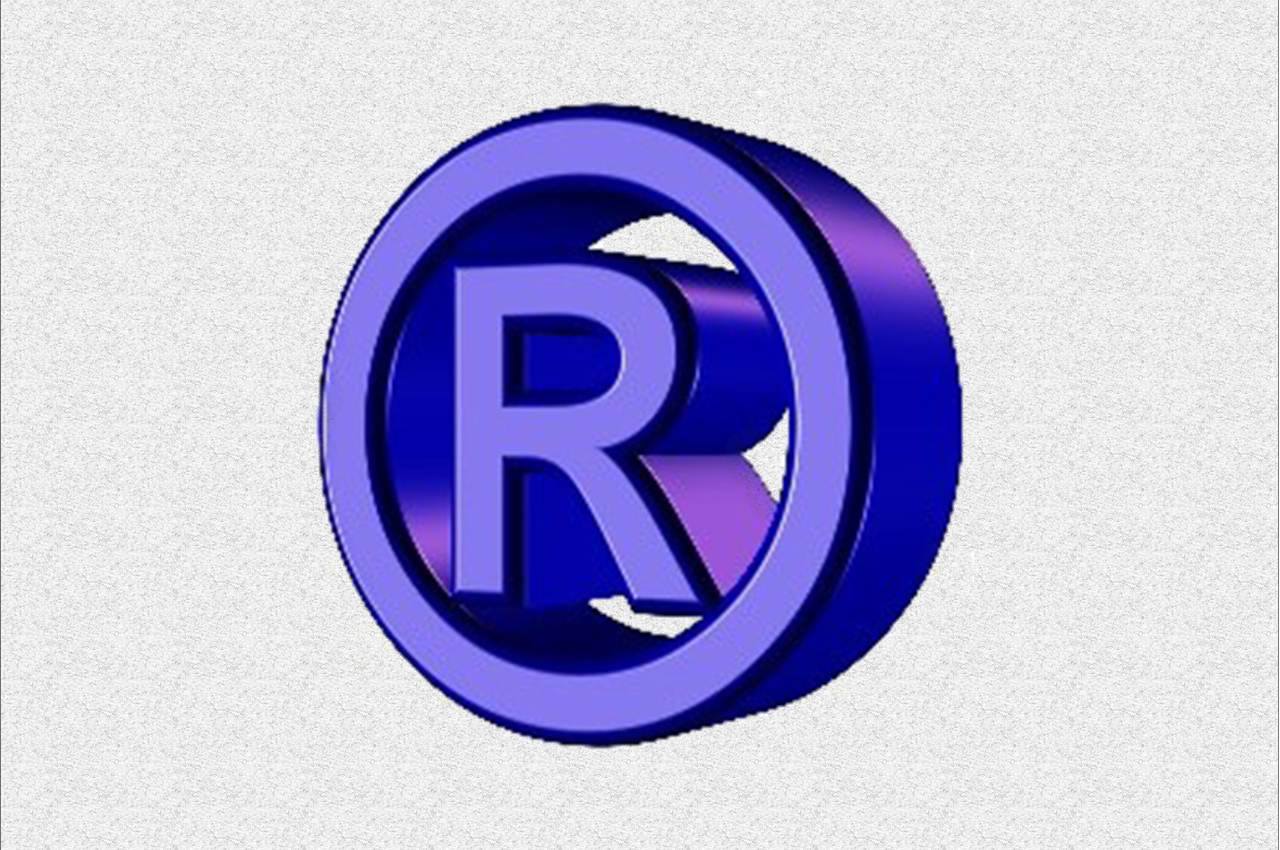Resources
Trademarkology
Things Are Getting Crowded in the World of Beer Trademarks
There has been a lot of talk lately about the idea that the supply of trademarks is running short. A recent article in the Harvard Law Review supported that idea: after some “big data” analysis, the authors concluded that (1) there is a finite number of good word trademarks, (2) the supply of those good marks that are not already claimed is dwindling (what the authors call “depletion”), and (3) marks that are already claimed are often claimed by a number of different owners (what the authors call “congestion”). The authors found particular evidence of depletion in the area of trademarks for beverages.
Which brings us to beer. Through most of the post-Prohibition years of the 20th Century, there was a relatively modest number of beer trademarks in use in the U.S. There were regional brews in addition to the mega-brews, but even those were mostly large-scale operations. With Americans growing increasingly used to what might charitably be called “light, easy-drinking” brews, there was a lot of consolidation. According to the Brewers Association, by the end of the 1970s there were only 44 brewing companies in the U.S.
Then began the rise of the craft brew. Inspired partly by the dismal state of the brewing industry, beer enthusiasts took to homebrewing, and some of those homebrewers started businesses. Microbreweries and brewpubs began to sprout in the 1980s. Their numbers – along with the volume of their output – increased dramatically in the 1990s and beyond. By 1994 there were over 500 craft breweries in the U.S., and that number stands at over 6,000 in 2018.
Six thousand breweries, the great majority of them putting out multiple types of beer, means a whole lot of potential beer trademarks. It also means a whole lot of potential conflicts between trademarks, particularly given craft brewers’ penchant for giving their brews playful names. As one brewer put it after a little beer trademark dust-up: “There is a finite number of lame hop puns to be used.”
Predictably, a fair number of beer name trademarks have wound up before the Trademark Trial and Appeal Board. The TTAB hears applicants’ appeals when the Trademark Office refuses applications to register trademarks, and it also hears challenges to registrations by other parties. The key issue in many of those proceedings is whether the mark shown in an application is confusingly similar to a mark that has already been registered.
Here is a sampling of some of the recent TTAB proceedings involving beer marks, with images of the marks where they were available. In all of the applications below, the examining attorney at the Trademark Office refused registration of the applicant’s mark (the first of each pair of marks shown below) based on a likelihood of confusion with the previously-registered mark.
8-BIT ALEWORKS versus 8 BIT BREWING COMPANY (refusal to register affirmed by the TTAB)

TIME TRAVELER BLONDE versus TIME TRAVELER (refusal to register affirmed despite the parties’ agreement to coexist)


BLACK FOREST versus BLACK FOREST BREWERY (refusal to register affirmed)


THE SAISON D’HERETIQUE versus HERETIC BREWING COMPANY (refusal to register affirmed for beer, but allow registration for root beer and other non-alcoholic beverages allowed)


MUTT versus LAZY MUTT (refusal to register affirmed)

WOODY WHEAT versus WOODY STOUT and WOODY BROWN ALE (refusal to register affirmed)

PRINCESS YUM YUM RASPBERRY ALE versus YUMYUM (registration allowed)


Some of the applicants in those appeals argued that small differences between the marks were enough to avoid confusion because craft brew drinkers are a sophisticated lot and could be expected to distinguish between the marks despite their similarities. The TTAB routinely rejected that argument. As a general matter, the TTAB will presume that consumers will not make careful distinctions between similar marks on similar goods when the goods are inexpensive. It can’t help the applicants’ case that, with beer marks, the goods are often ordered in noisy bars without the opportunity to examine the labels, and sometimes when the consumer’s ability to distinguish is compromised by having partaken of the goods.
The crowding of beer marks will only get worse, particularly if brewers try to protect the names of multiple beers in their product line. One option for brewers is to focus on choosing a protectable mark for the brewery, register that where appropriate, and not worry so much about the name of each different beer that the brewery sells. With the popularity of IPAs and other styles, it’s not uncommon for one brewer to offer multiple different versions of the same style of beer, so it may be necessary to name each beer – with or without “lame hop puns” – meaning lots of marks. The reporting indicates that craft brewers have a history of a “live and let live” attitude unless there is a clear problem, and that attitude is probably a good approach in the case of most beer trademarks. As the Godfather of homebrewing, the great Charlie Papazian, would say: “Relax. Don’t worry. Have a homebrew.”
Information for this post came in part from the Brewers Association website.
Read more from Trademarkology



